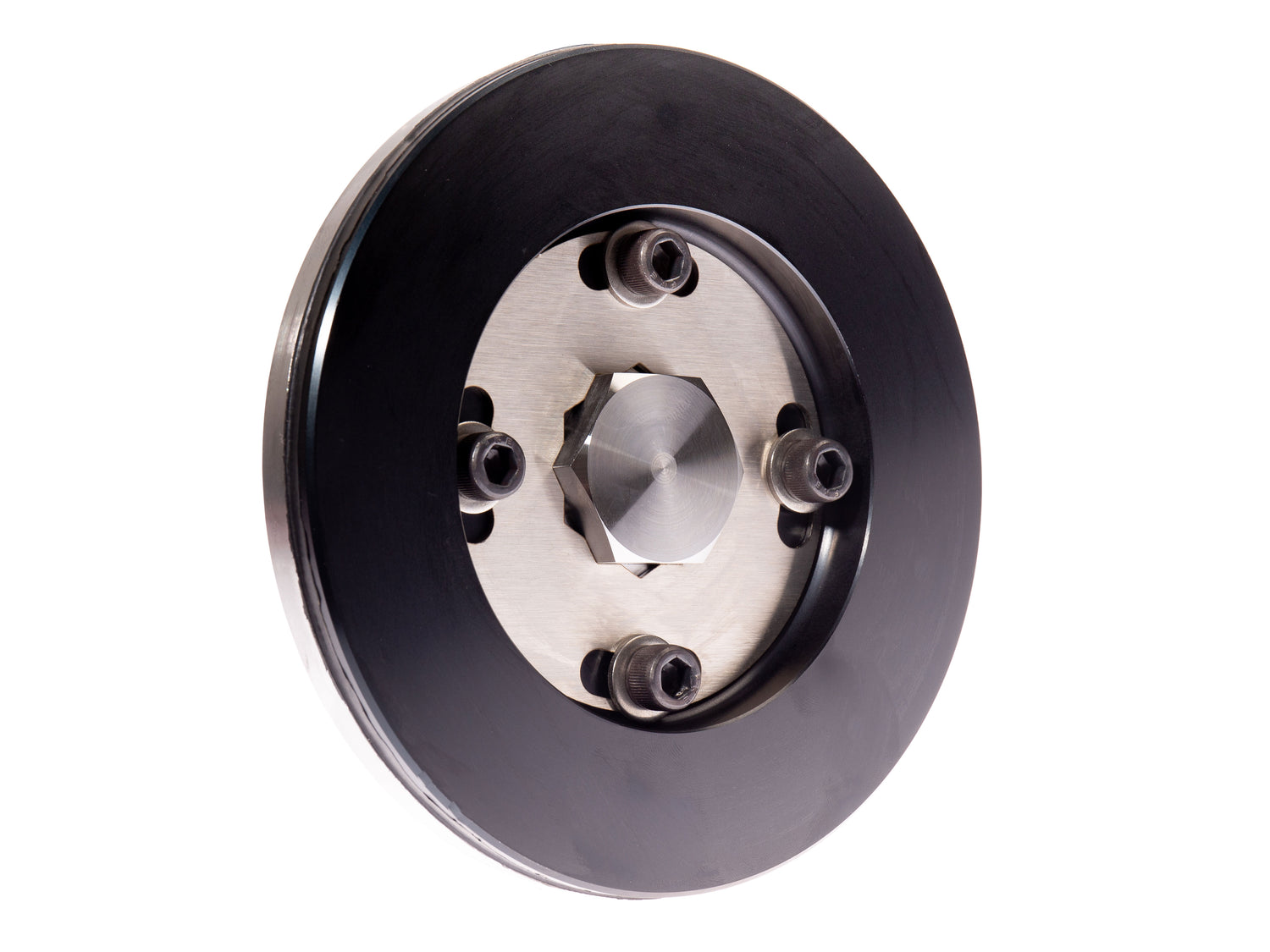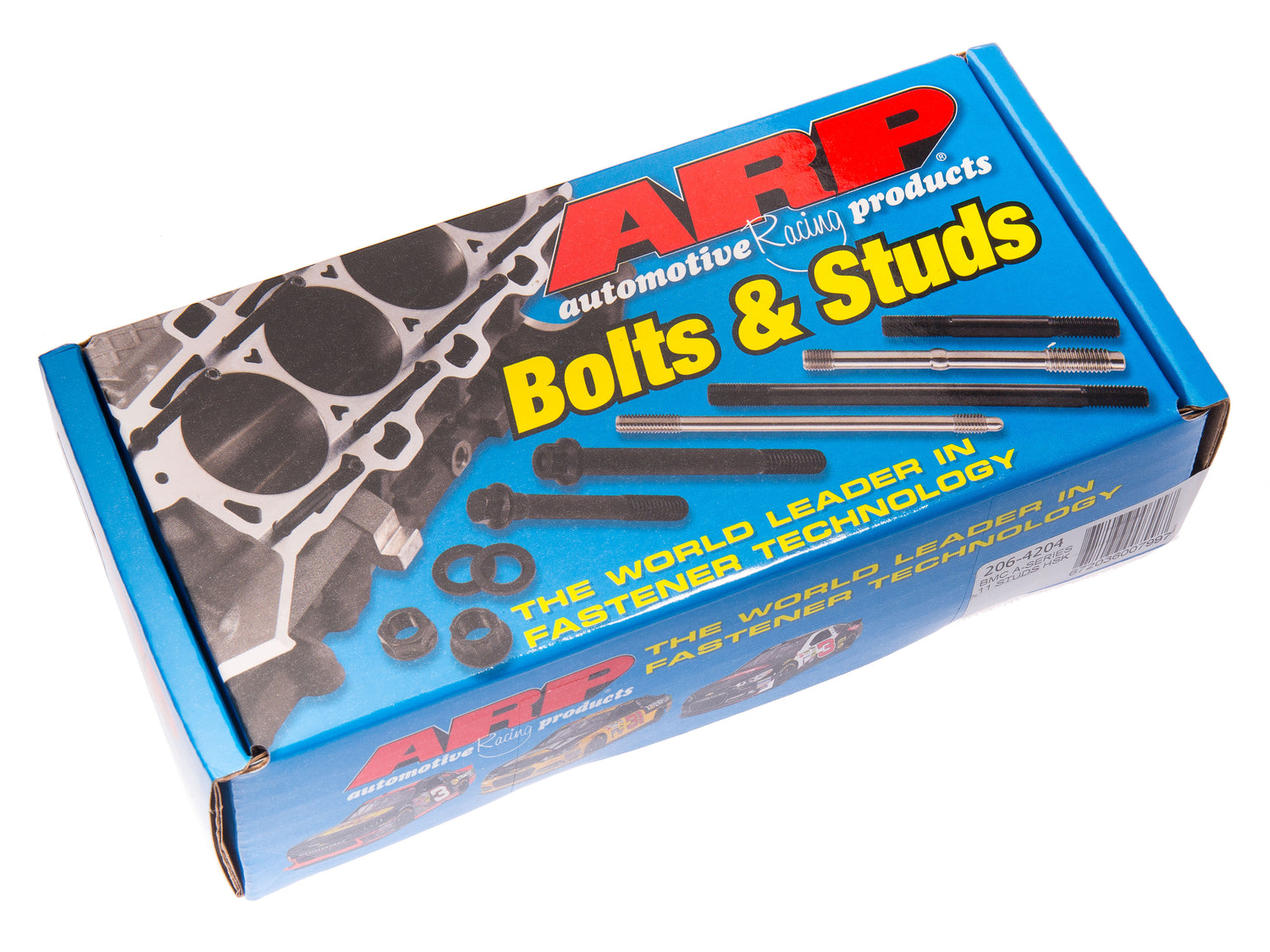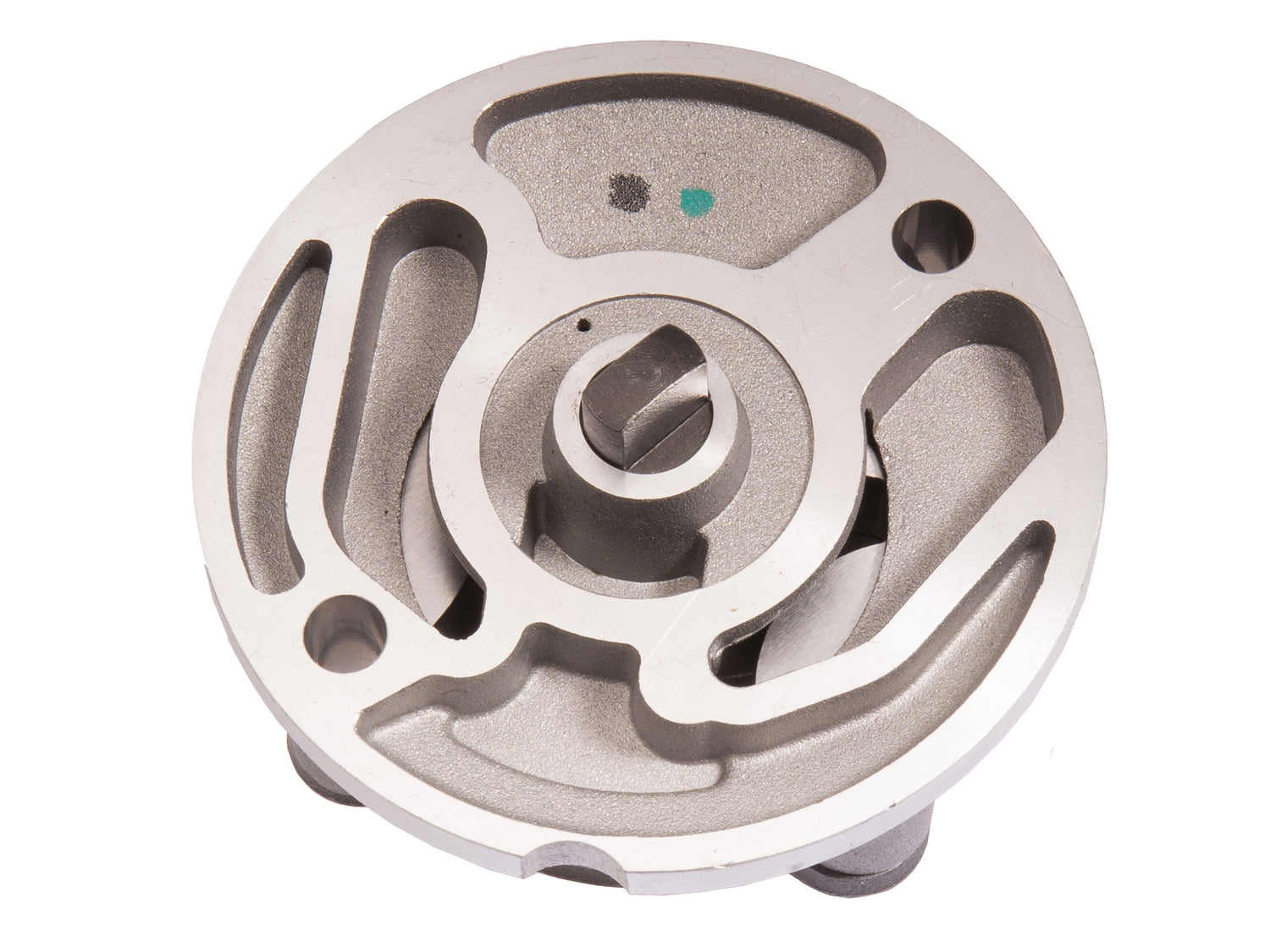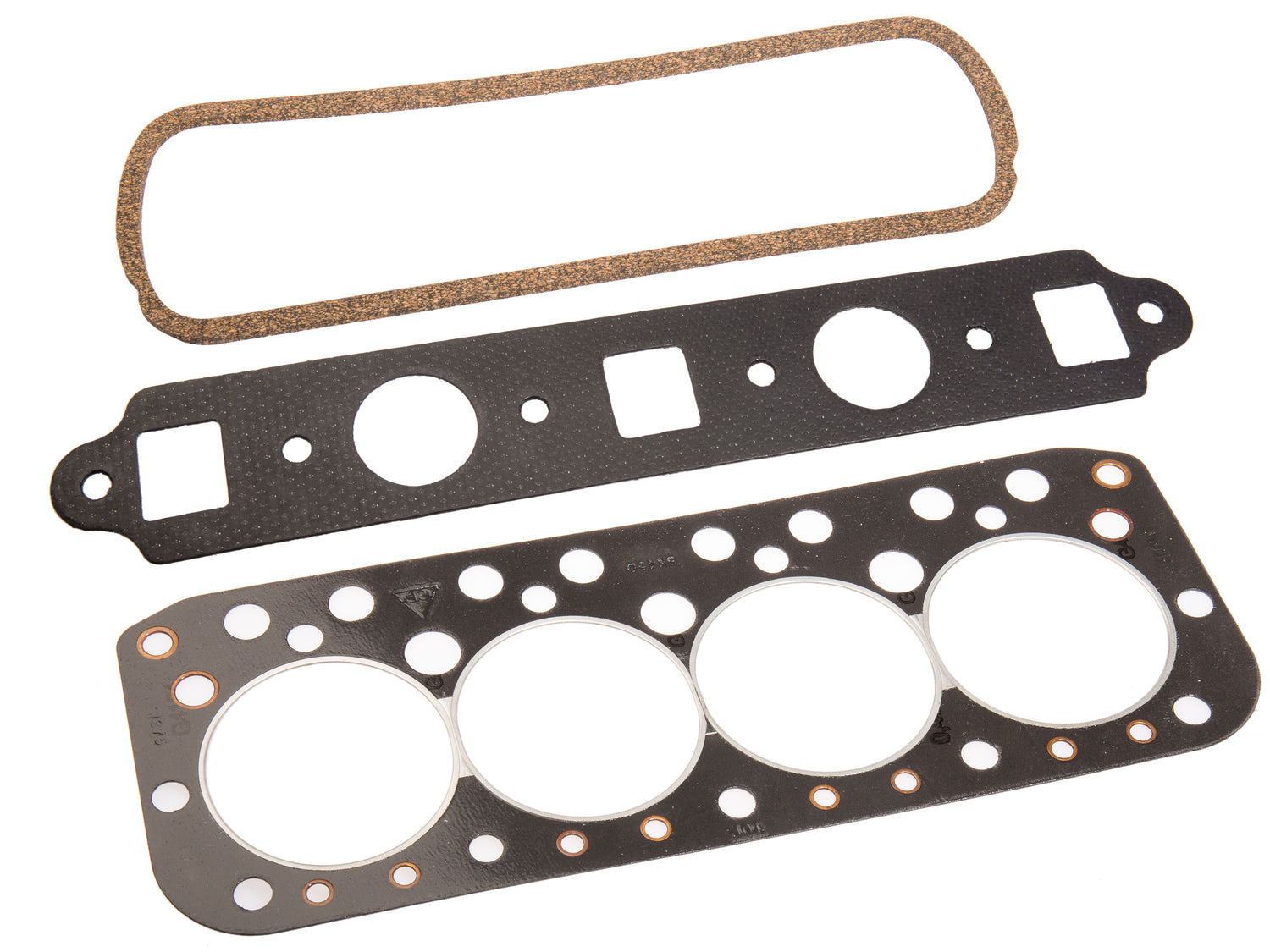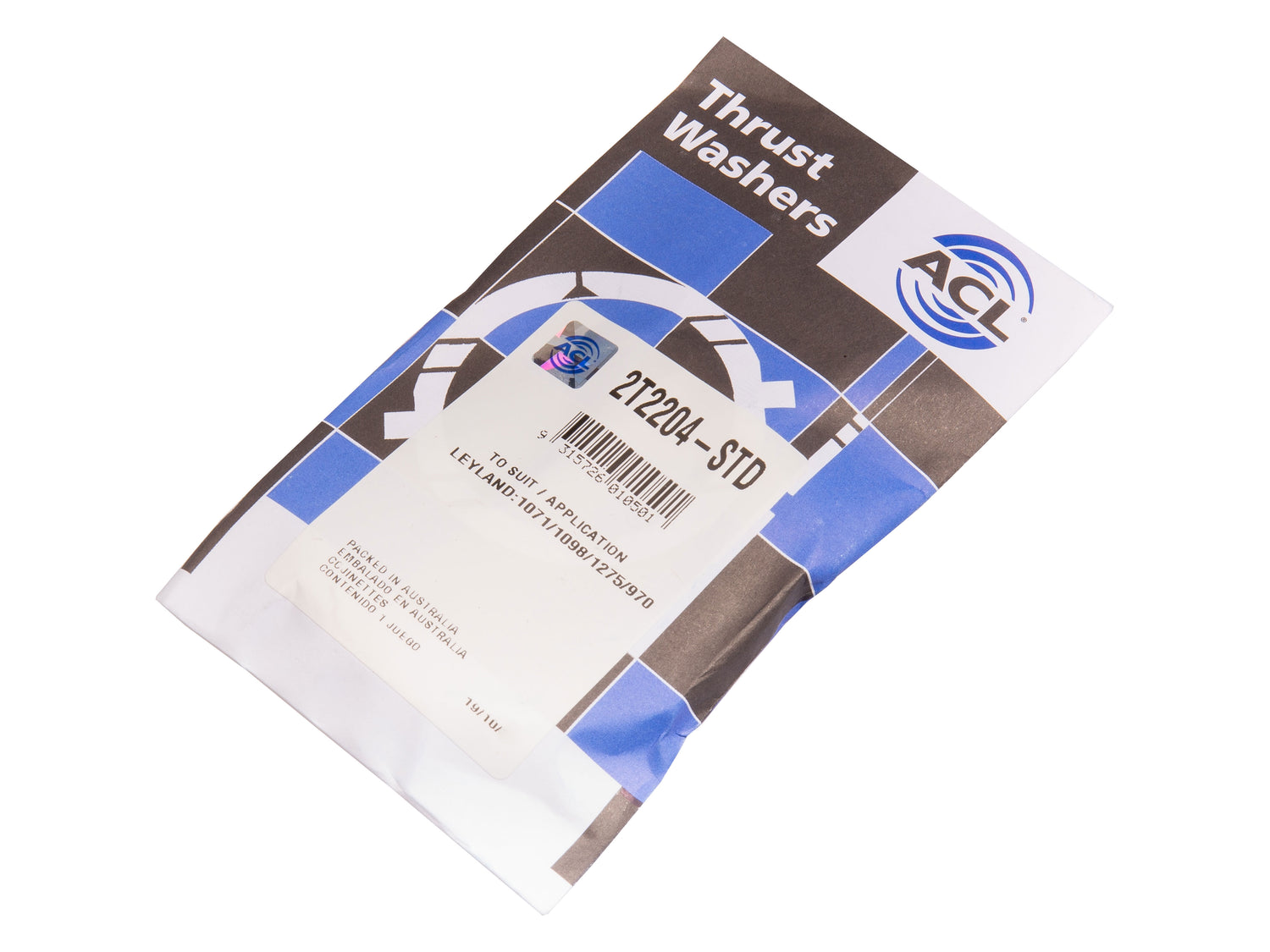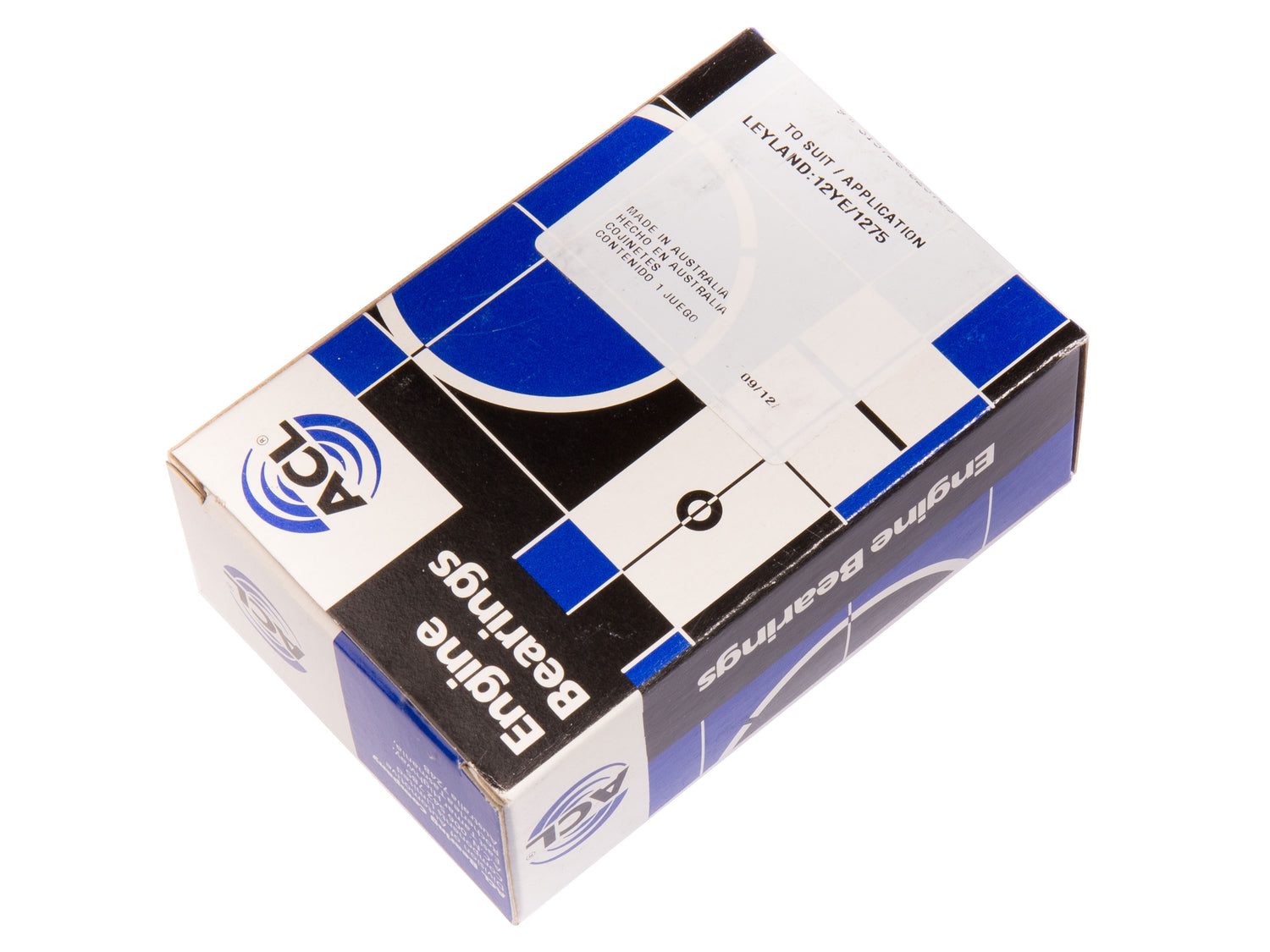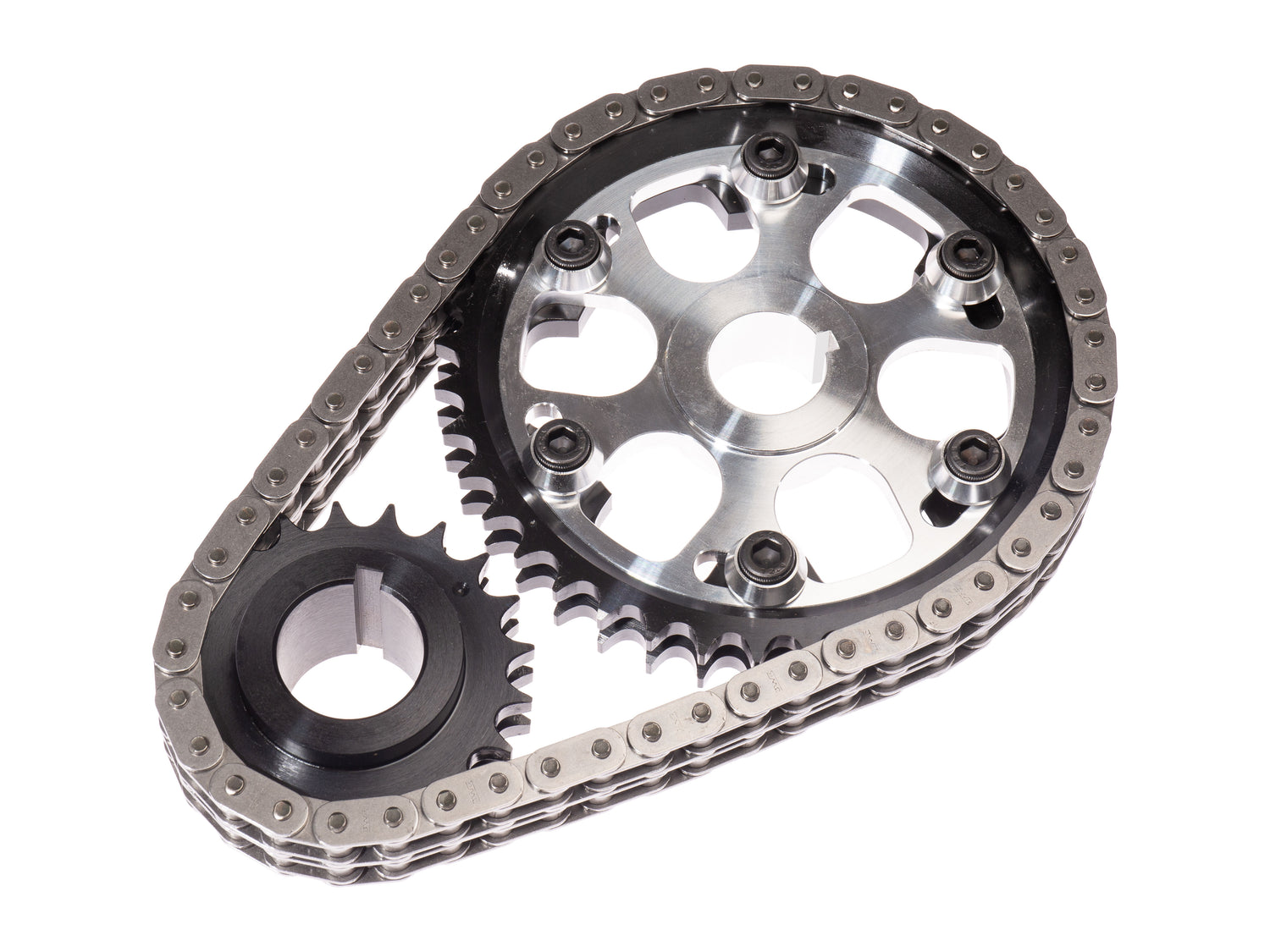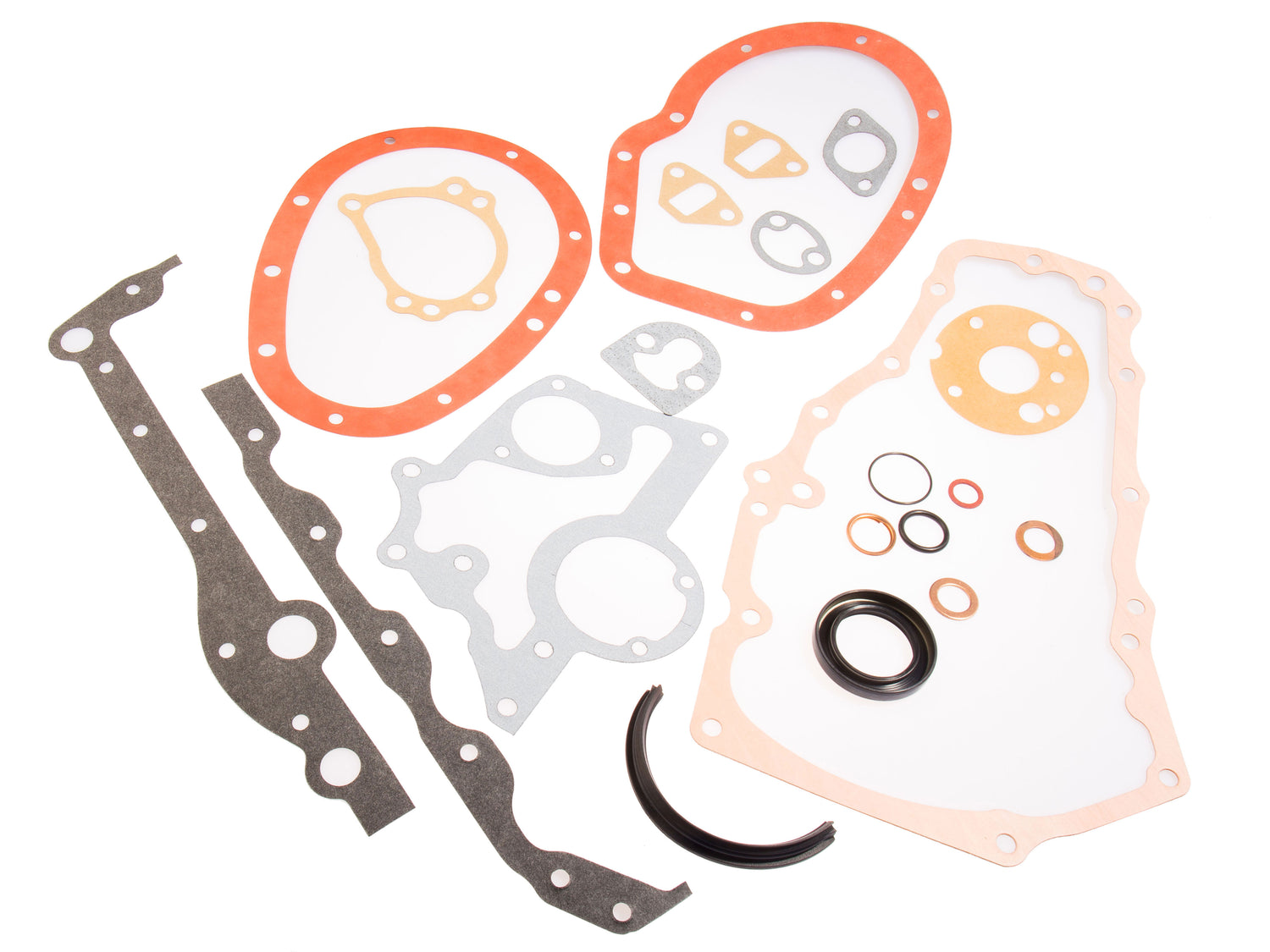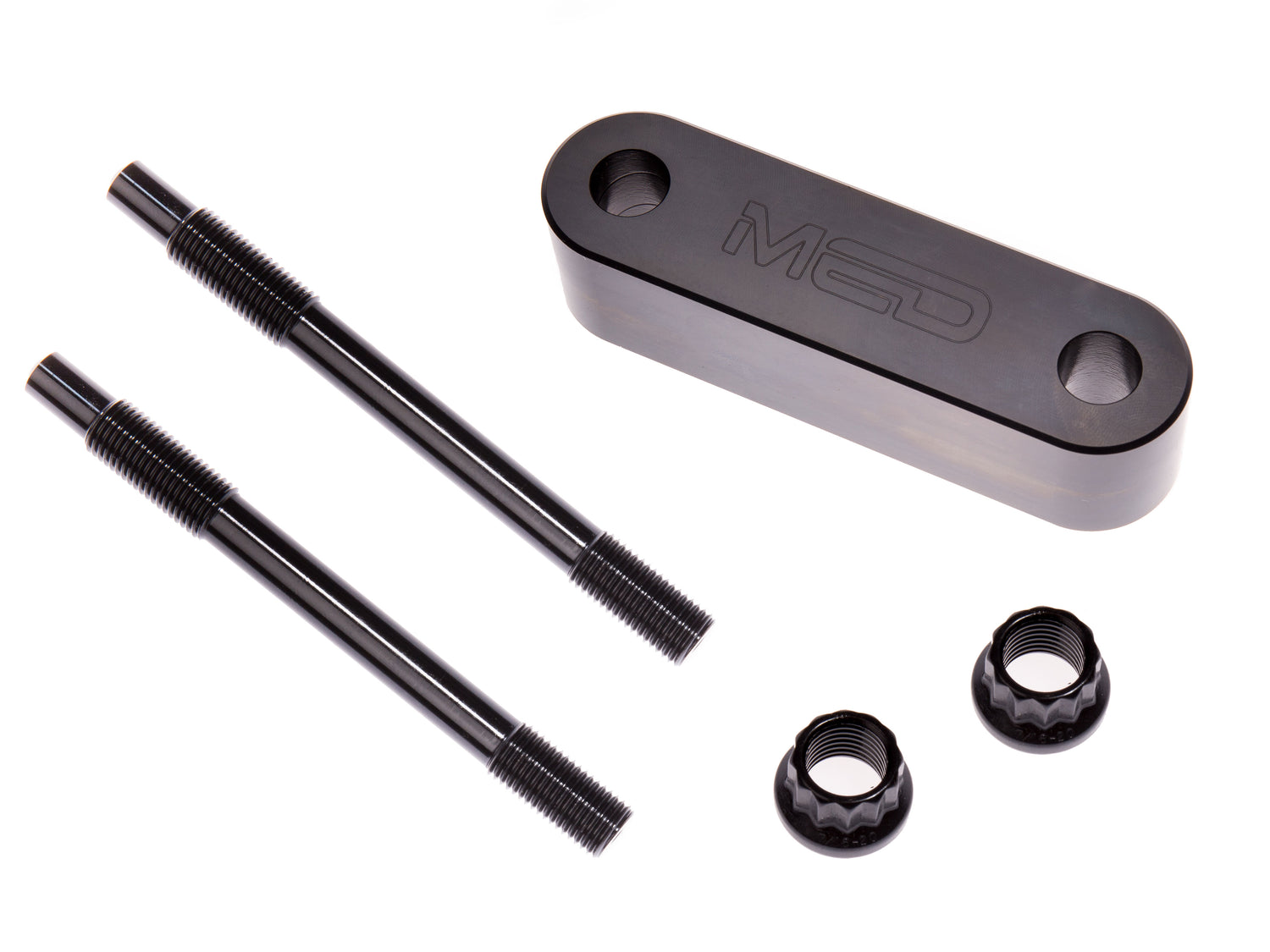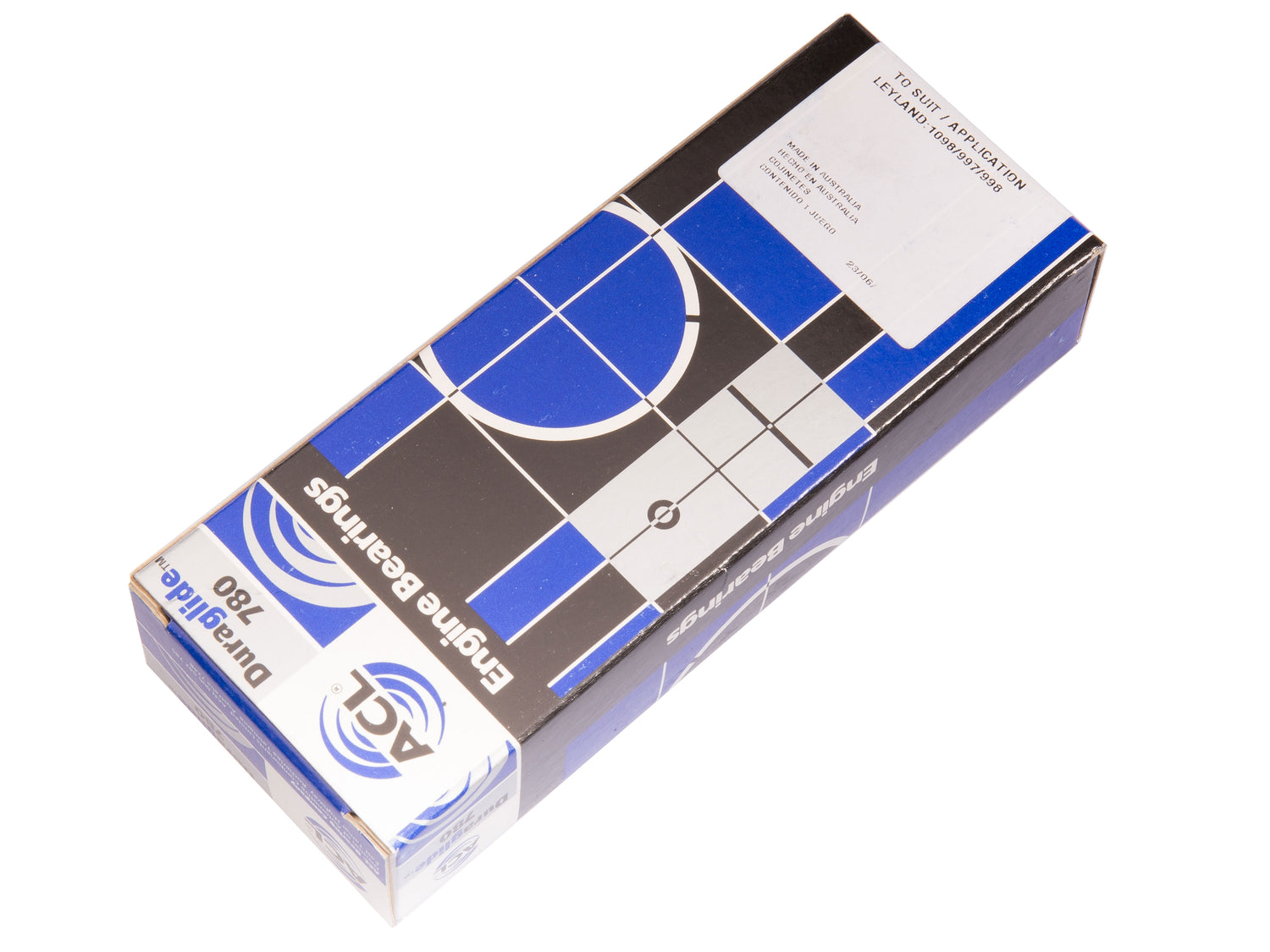How To Prepare Your Classic Mini For a Rolling Road Tune
A rolling road tune with an experienced operator and a range of carb needles/jets on hand can be one of the best investments you can make.
Not only will this unleash the full potential of your A-Series-powered classic, it'll improve fuel economy and potentially reduce the chance of expensive engine damage from incorrect fuel and ignition setup. Quite often it'll highlight problems you've not even noticed under normal driving conditions.
But before you get anywhere near a rolling road, here's some top tips to prepare your car for a tune. Some are pretty obvious, some more obscure, but all could potentially hold up your tuning session.
Top up your Tank
Running your Mini on the rolling road, up and down the RPM range, under various loads and part throttle/full throttle - it's going to burn some fuel! Make sure you have enough petrol for the session, and ideally on a race Mini with a small tank, take an extra jerry can just in case.
Having a full tank of fuel will save any embarrassment and wasted time.

We would always recommend running the highest octane pump fuel you can find in a Mini, be that 97/98 RON, especially when tuned with higher compression. For full race use, many in the UK are now using specialist race fuel where allowed, as the quality tends to be more consistent, which can make or break an engine when pushed to the limit.
Whichever fuel you plan to use long term, use this when you have the engine tuned. Also, modern fuels can deteriorate at an alarming rate, so it would be worth draining and flushing the tank and system beforehand if you suspect the petrol may have gone stale.
Engine Condition
There is no sense in taking a worn-out engine with worn-out ancillaries to be tuned. Many rolling road operators will do a basic compression test on a Mini engine before turning a wheel on the dyno, especially if it's puffing smoke on arrival.
Revving a Mini up on the rolling road is no more damaging than out on the road, but it will be loaded up and driven harder than you would perhaps do on the school run.
Wear in the carburettor body and/or distributor will also give you troubles, and make any tuning compromised. While a proper tune-up can be a game changer, it will not fix an engine with fundamental build or wear issues.
Fuel System Checks
Ensure the system is free of any leaks, and check those flexible hoses for deterioration - cracks or perished rubber. A common issue we see are coolant hose clips on fuel lines - they really need proper fuel line clips for this. Also keep an eye on budget-grade braided lines, which can often break up internally, unnoticed. 
The system needs to supply enough fuel pressure for the job at hand, but too much can cause issues at the carb(s), so consider a fuel pressure regulator for all electric fuel pump installs on a Mini.

The standard mechanical lift pump will cope ok with lightly-tuned road engines on SU carbs, but we'd suggest upgrading to a motorsport-grade electric fuel pump kit for anything more demanding.
Most tuning centres will be able to adjust a fuel pressure regulator when required, but they may struggle for time if the system needs anything more than this to get you up and running. So check the fuel filter(s) and change if necessary, and that everything is flowing freely without restriction.

We tend to use 6mm fuel lines on SU carb installations and 8mm to pair up with a Weber carb. This will give more than enough flow for any Mini.
Car Checks
Make sure the front grille fixings are easily removable and the screw heads are not rounded-off, as the rolling road operator will usually find it easier to remove this to check and adjust the ignition timing.

You might wish to consider removing the bonnet for easier access to the carbs, if practical. This can also help to reduce under-bonnet temperatures.
While the car itself is not going anywhere fast, it needs to be in a drivable condition, so make sure the front brakes are not dragging, the wheel bearings are in good order, and remove any pieces of loose trim or panels that could rattle loose from vibration.

Torque up the wheel nuts and have the front wheels/tyres properly balanced to reduce vibration. You're unlikely to see wheel spin on the rolling road unless the engine is especially potent and the tyres are well past their best. Despite appearances, the rolling road is not especially hard on tyres.

Check in with the rolling road operator beforehand if you have a lowered Mini on 10-inch wheels, to make sure there is sufficient ground clearance; some racers install a temporary set of 13-inch wheels to increase the overall diameter.
While looking over the front suspension, ensure the CV boots aren't split, as this can cause havoc in a nice clean rolling road centre, and you will not be the most popular customer!
Exhaust and Intake
High-powered Minis with insufficient engine steadies have a habit of breaking exhausts and leaking joints, as the engine can rock fore and aft quite severely. For anything other than a standard road car, we would install an additional pair of heavy-duty gearbox steadies, and check the condition of the top engine steady.
The extra noise and vibration to the cabin would be preferable to a leaking exhaust system, in our opinion.
Before you head to the rolling road, check the exhaust is not leaking, front to rear. If the operator is relying on an exhaust probe to monitor C/O levels, a leaking exhaust can give inaccurate readings. Some operators insist on welding a threaded boss into the exhaust to run a lambda sensor, which is arguably more accurate.

With the engine running, use a light spray of water around the inlet/exhaust manifold and listen for any stuttering, which would indicate a leaking exhaust manifold gasket. Again you'll need to sort this before having a tune-up, or it will add to labour costs to try and fix on the day.
Fluids and Leaks
Leaks are to be avoided at all costs. Whether that's oil, coolant or fuel. Oil and fuel are particularly dangerous in terms of fire risk, while spilt coolant can make a big slippery mess.
It would be wise to get the engine up to operating temperature as a test run before you get anywhere near the rolling road. Run through all of the hose clips and nip them up, as they can work loose if everything is newly installed.

Minis are known to leak a bit of oil, but if it's all been recently rebuilt, the engine really shouldn't be leaking. Check the common areas - timing cover, rocker cover, rod change gear selector shaft and primary gear clutch seal.
If the clutch seal is leaking, this can quickly contaminate the clutch plate, and you will likely face a slipping clutch on the rolling road.
Check the oil and coolant levels regularly on a Mini. Just make sure not to overfill the coolant, or you may face an extra charge for cleaning up the rolling road if it's pumping out messy anti-freeze when up to temperature.

The operator will keep a keen eye on running temperatures, and will have a big fan to simulate the airflow of driving down an actual road, but you'll need to ensure the cooling system is sufficient for the job.

The breather system is a much-debated subject online, so take a look at our guide to classic Mini engine breathers for more. For pre-rolling road purposes, ensure any oily residue from the breathers is either fed back to the inlet manifold or collected in a catch tank. Oil on a red hot exhaust can cause a fire.
Having insufficient crankcase breathing will increase the chance of oil leaks.
Electrical Glitches
Part of your overall car prep, give the electrical system a thorough checkover. Although you'll not need the ancillary electrical bits working - lighting, wipers, etc - if the charging system is not up to scratch then you will start to face issues with the ignition system as the voltage drops.

Aim for a 13.8-14.4-volt reading from the alternator with your multimeter when in operation.
We'd suggest topping up the battery the night before on a charger to be safe, as there may be some stop-starting required during a rolling road tune.
On a freshly-rebuilt Mini, electrical gremlins often stem from poor earth connections or dodgy terminals. Poor earthing can happen if the straps are connected to fully painted-up panels, for example.

But we've seen it all when it comes to electrical problems, from loose battery leads to corroded terminals, broken wires and general component faults. If the electrical system is going to let you down on the road, the rolling road is no different.
At least the distributor splash guard won't be needed on the rolling road!
Ignition System
With all ignition systems, ensure a fresh set of correctly-gapped spark plugs, of a suitable temperature rating, and that the HT leads are in good condition. Fitting a new distributor cap and rotor arm doesn't cost a fortune, and would be worthwhile.

Electronic ignition-equipped distributors will have specific requirements for the coil resistance, so we package these together in a matched set with the MED Distributor Kits.

When running a mapped ignition system, problems often occur from home-made wiring looms, again with loose or incorrect connections. For that reason we highly recommend spending a bit more on a professionally-made wiring loom, as with our DTA Ignition Management kits.

Run any sensitive sensor leads away from the HT leads to avoid interference and running problems.
Ask the rolling road centre when booking in if they have knowledge of your specific ECU setup, and the software/PC available to get it re-mapped. We supply an A-Series base map with our DTA kits to get the engine running, but not every ECU kit will have this luxury, so it will take longer (and cost more) to tune on the rolling road.
Check the crank position sensor gap is correctly set, and TPS or MAP sensors are correctly responding to inputs in the mapping software.

Aftermarket fuel injection systems come with their own complications, and will typically need much longer on the rolling road to map. Sometimes you'll need to leave the car overnight, too, so a cold-start map can be tweaked the next morning.
Clutch Slip
Rolling road operators typically run Minis up gently through first and second gear, then power run in third gear. If the clutch on your Mini is going to slip, it will be under full load in third gear.
This is a difficult problem to prepare for, as you may only find it on the day. Take a read through our feature on Improving the Torque Holding of a Classic Mini Clutch for more info.

If the clutch is correctly spec'd for the engine's torque output, and the primary gear oil seal is doing its job, you'll be fine. However, do check that the mechanical side of the clutch operation is in good working order. Common disengagement problems include bent lever arms, faulty hydraulics and a sticking primary gear.
Carbs and Cables
We've seen plenty of Minis with throttle cable issues over the years. One particular Mini on the rolling road was quite down on power, quickly diagnosed as not achieving full throttle, thanks to a thick carpet wedged under the pedal!
So check that your pedal is actually allowing for full throttle at the carb(s) and at the other extreme, allowing the throttle spindles to fully close.

Both SU and Weber carbs can be let down by throttle linkage setup, and it's usually easy to fix. When we assemble new carb kits, we often need to lightly fettle the lever arms, linkage and throttle stops to see the full range of movement.
It's time consuming jobs like this that can potentially increase your rolling road labour charges, so get them as well sorted as possible before you arrive, and the day will be much smoother.

To achieve the perfect air:fuel ratio under all loads and throttle positions takes experience, time and a good range of jets/needles for experimentation. However you can get off to a head start by installing a close estimation. When you purchase a Weber carb kit from us, we can get you in the right ballpark to get the engine up and running.
If in doubt, give us a call, or speak to your rolling road centre of choice to see if they can make a recommended base setting.
Air filter
If running the standard air filter setup, fit a new one before the tune-up, or at least give it a good once over.
We've found impressive gains by modifying the Mini's induction system, specifically moving from the standard air box to an MED stub stack and ITG air filter.

You will often find that the engine runs lean when upgrading to a more free-flowing induction kit, however, as it is allowing more air flow to the carb(s). Caution is advised then, if fitting an aftermarket induction kit without taking the Mini for a re-tune.

We usually find that there's very little restriction with the ITG air filters installed, so to save time and make access easier, have the car tuned with the air filter removed, and when it's 99% there, pop it back on at the end to ensure this has not changed the air:fuel ratio.
Running-in a Fresh Engine
We'll come back to this at a later date, but just to dispel any myths - it is perfectly safe to run a brand new engine up on a rolling road or bench dyno. Actually, in most cases it is preferable.
We're not suggesting you take a box-fresh engine, load it up on the rolling road and drive it flat-out straight from cold. But to have the engine bedded-in by a knowledgeable tuner working the rolling road is perfectly safe.
The air:fuel ratio, ignition timing and running temperatures can all be monitored carefully in a controlled environment, so it makes a lot of sense to have a new engine setup on a rolling road.
September 2025




